negative space
inkognito
18 years ago
Related Stories
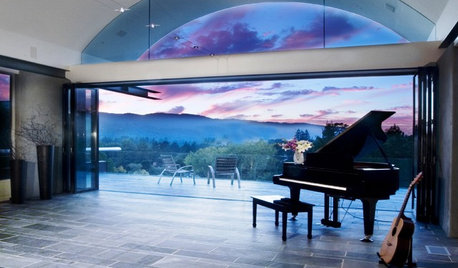
GARDENING AND LANDSCAPINGGarden Design Essentials: Positive-Negative Space
Discover how to place your garden forms for visual balance and eye-pleasing pattern in the landscape
Full Story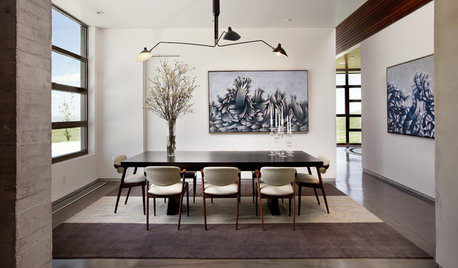
DECORATING GUIDES12 Decorating Scenarios When You Should Do Nothing at All
By embracing the positives of negative space, you can strategically highlight key furnishings, give the eye a rest and create focal points
Full Story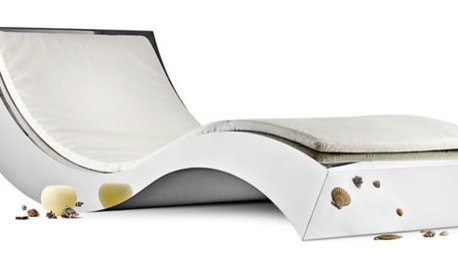
FURNITUREOn Trend: 8 Furniture Pieces Ahead of the Curve
Sinuous curves put a positive spin on negative space in these modern chair and table designs
Full Story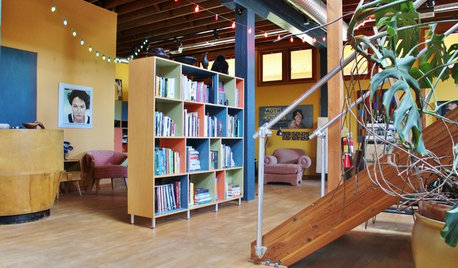
HOUZZ TOURSMy Houzz: Vision Pays Off in a Vibrant Live-Work Space
A plain box becomes a creative, eclectic home at the hands of hardworking homeowners and their remodeling team
Full Story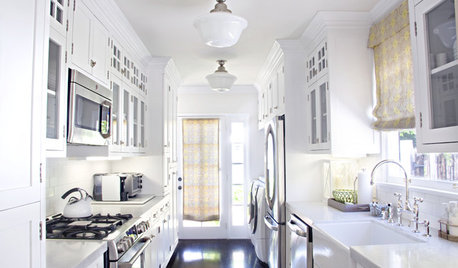
LIGHTINGWhy It’s High Time to Reconsider Flush-Mount Lights
Look past your negative perceptions and see how versatile these lights can be
Full Story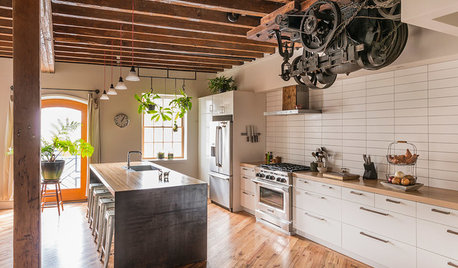
GREEN BUILDINGHouzz Tour: Pickle Factory Now an Energy-Wise Live-Work Space
A charming but poorly insulated 1880s Philadelphia commercial building becomes a spacious energy-efficient home and studio
Full Story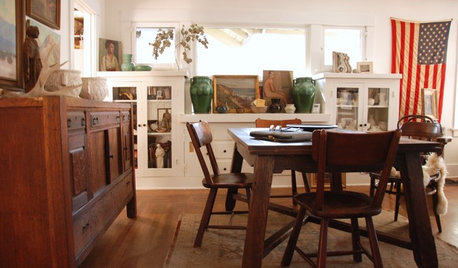
CRAFTSMAN DESIGNMy Houzz: Small-Space Living in a Restored Bungalow
See how this homeowner celebrates his personal style, his flea market finds and the heritage of his 1919 Long Beach home
Full Story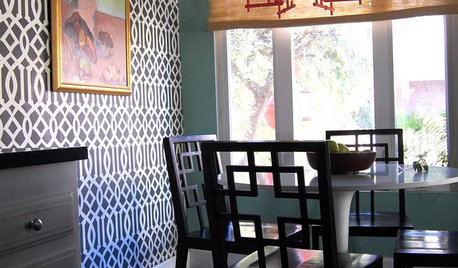
DECORATING GUIDESOpposites Attract: Creating Dynamic Spaces
See How Striking Contrasts Can Charge Up a Room
Full Story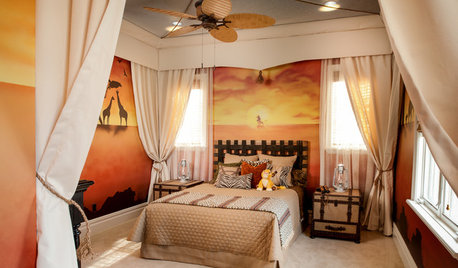
KIDS’ SPACESDream Spaces: 12 Disney-Worthy Kids’ Rooms
These fantasy bedrooms can transport children into a magical world of make-believe
Full StorySponsored
Central Ohio's Trusted Home Remodeler Specializing in Kitchens & Baths



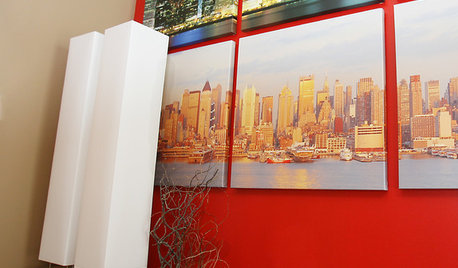
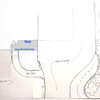
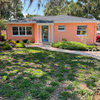
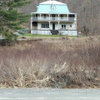


nandina
grandblvd03
Related Discussions
Shutters - bi-fold doors
Q
Ansel Adams; McMichael Gallery; gardens....
Q
Brutalism and Urban Renewal
Q
Opinions please
Q
mich_in_zonal_denial
inkognitoOriginal Author
mjsee
laag
sharons2
grandblvd03
patrick3852
laag
spunky_MA_z6
laag
grandblvd03
shadowgarden
bruce3
ilima
laag
rusty_blackhaw
susanargus
christie_sw_mo
gardengal48 (PNW Z8/9)